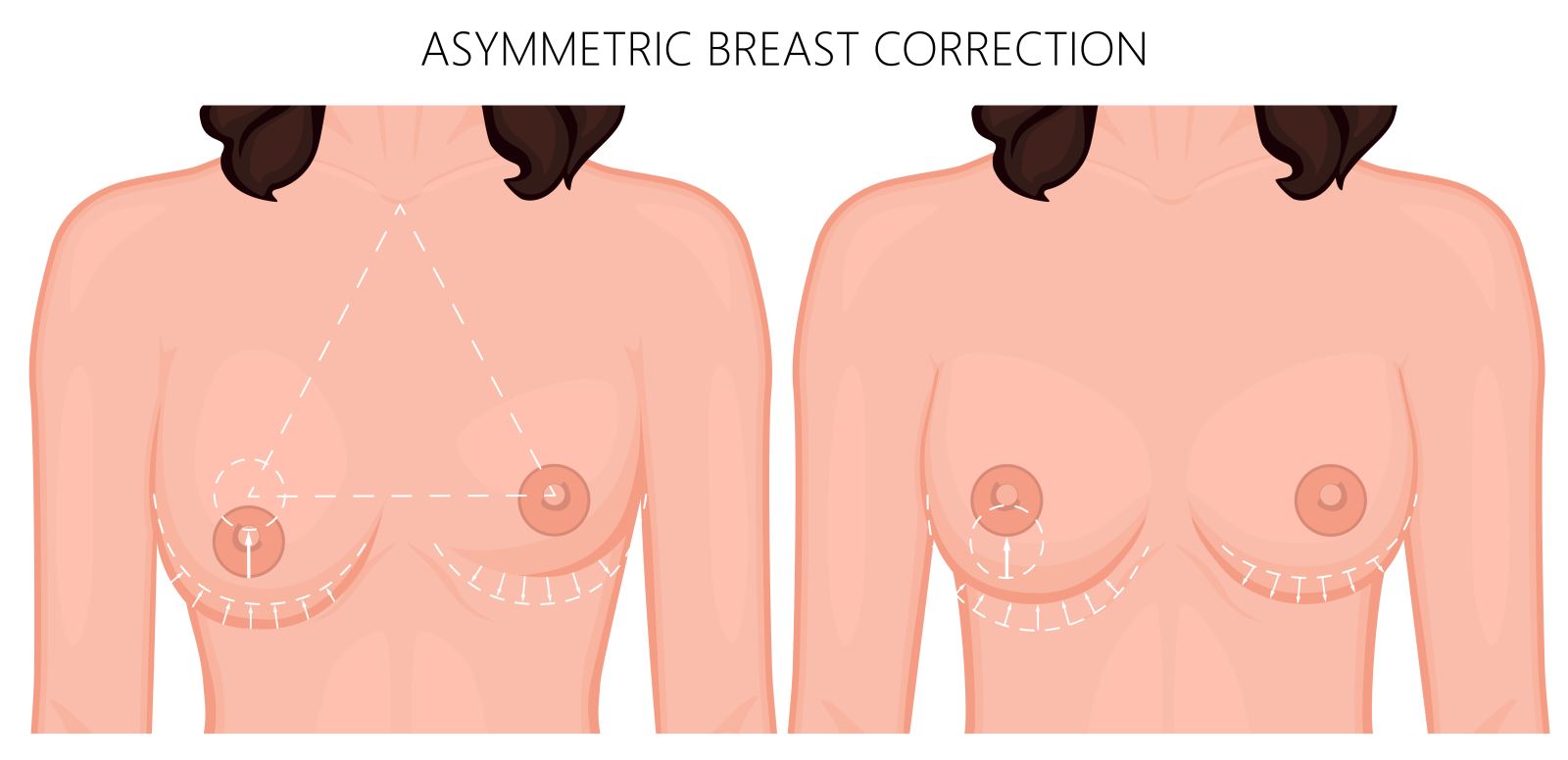revisions of previous BREAST RECONSTRUCTIONs
Breast reconstruction procedures following breast cancer surgery have come a very long way over the past several decades. With multiple options for recreating breast volume and shape, from implants to flaps to fat grafting, women now have more opportunities than ever before to regain their confidence and obtain results that make them happy.
In certain cases the primary restorative procedures can be a “success” but a variety of issues exist within the reconstructed breast that may compromise a patient's cosmetic or functional results. These imperfections can range from small contour irregularities to muscle contraction deformity and even chronic discomfort and pain. However, more options are available to patients to improve upon these shortfalls than ever before.
A few of the more commonly seen issues and solutions for them are described below, but this is not a comprehensive list. The majority of these procedures can be performed on an outpatient basis and are typically covered by insurance as part of the reconstructive procedures needed for treatment of breast cancer.
If you are unhappy with your reconstruction, we encourage you to call our office to discuss any and all options for improvement.
Contour Irregularities
Contour irregularities after breast reconstruction come in all shapes and sizes and can occur whether an implant or autologous (own tissue) type of restorative procedure was performed.
These irregularities include deformities such as depressions, prominences, rippling, flattening and asymmetries between sides to name a few. A variety of different techniques including implant exchange, envelope revision and fat grafting can be used singularly or in combination to improve the final result.

Muscle Contraction Deformity and Breast Pain
In some forms of breast reconstruction, especially with the use of implants placed underneath the pectoralis muscle, women can experience contraction deformity of their breasts.
This issue may not result in constant deformity but can be quite pronounced with activation of the muscles. In addition to the poor cosmetic result associated with this, pain can sometimes accompany this finding even when not actually activating the responsible muscles. The reason for this pain is constant irritation of the muscles from the underling implant.
Previously, this problem was thought to be an unavoidable possible result of using implants for breast reconstruction. Recently, however, another option has been found to solve the problem. Our surgeons are now able to transition the implant from being below the muscle to being on top of it, often with even better cosmetic results in the end.
This ‘prepectoral’ plane has become increasingly popular in breast reconstruction and can be used even in reconstructions performed long ago with placement of implants in the typical 'subpectoral’ space. This transition procedure has the power to not only eliminate contraction deformity but also improve overall shape, volume and pain associated with implants.
Dissatisfaction with Size or Shape
A certain percentage of patients after breast reconstruction are unhappy with the size of their breasts, either too big or too small, after completion of their restorative surgeries. We offer these patients a variety of options.
For patients who believe their breast are too small, we can provide the addition of more volume in the form of implant replacement, fat grafting, or addition of skin and fat in the form of local flaps. Patients who believe their reconstructed breasts are too large can also be helped with replacement implants of a suitable size or a reduction in the volume of their tissues.
In addition to dissatisfaction with breast volume, women can sometimes experience issues with the shape of their breasts following reconstruction. In certain cases, this can show itself as breasts spaced too far apart, displaced into the armpit, below the natural breast crease or up into the clavicle. For patients with these issues, modification (tightening or loosening) of the space (the pocket) where the implant resides can make a significant impact.